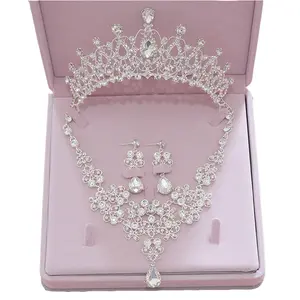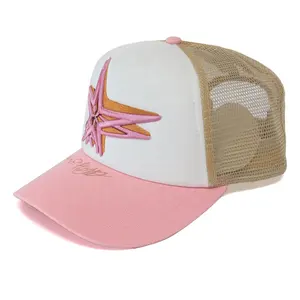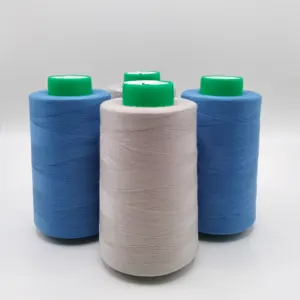Popular in your industry
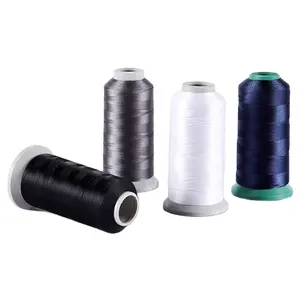







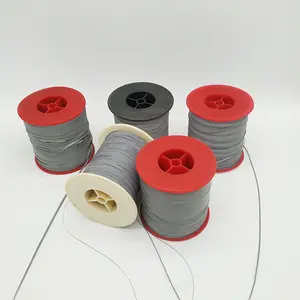





































































































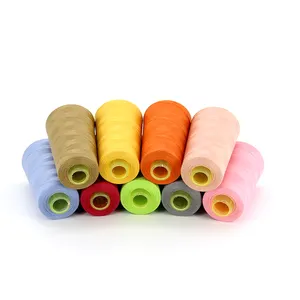























































































Top categories
About spool of thread
In the intricate world of sewing and embroidery, the importance of a well-organized thread collection cannot be overstated.
Designs of a spool of thread
The thread rack, holder, and storage box are designed to keep spools easily accessible. A spool of thread is a cylindrical device usually made of plastic or wood, designed to hold a length of thread neat and organized. The thread is tightly wound around the spool, ensuring easy handling and preventing tangling during use. A thread holder typically consists of a central spindle or post around which a spool of thread can be placed. The holder may include additional features like a cutting blade, tensioning mechanism, or storage compartments for needles and other sewing essentials. Advanced thread holders often include features such as adjustable tension settings. Dust, sunlight, and moisture exposure can compromise the texture and color of threads over time. Thread storage solutions, such as embroidery thread storage or thread box storage, provide a protective environment, ensuring the threads remain vibrant. Portable thread storage solutions are available for those who enjoy crafting on the go or attending embroidery classes. A cone thread holder is designed to accommodate large cones of thread commonly used in industrial sewing and quilting. One of the key advantages of a cone thread holder is its ability to prevent the thread cone from wobbling or tilting. The thread spool holder ensures a continuous and uninterrupted flow of thread as working on the projects. Cone thread holders are designed with a compact footprint, making them ideal for sewing studios with limited space.
How to find the end of a thread on a new spool of thread?
First, examine the surface of the thread spool carefully and gently run the fingers over the surface of the thread spool. In some cases, the loose end might be sticking out or tucked along the spool's sides and edges. If one can't find the loose end by visual inspection, start unwinding the thread slightly. Rotate the spool slowly while gently pulling the thread. If the spool is designed for center pull, look for a small piece of thread sticking out from the center. Pulling on this end should release the thread from the spool. In some cases, the end of the thread might be lodged within the spool. Use a fine needle to gently probe around the edges of the spool, trying to catch the loose end. If the thread is wound tightly and rigid to see, shine a flashlight on the spool at different angles. Remember to be patient and handle the thread gently to avoid tangling.
Elevate the crafting space, unleash creativity, and embark on the next project with the assurance that the threads are neatly organized and ready for action.
